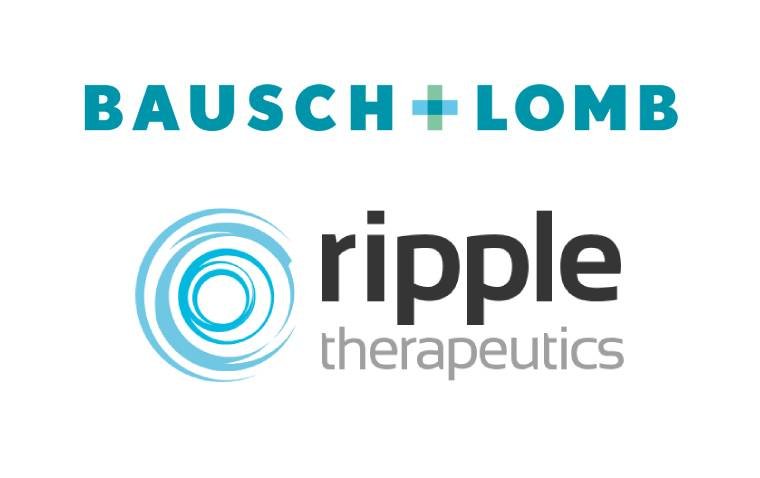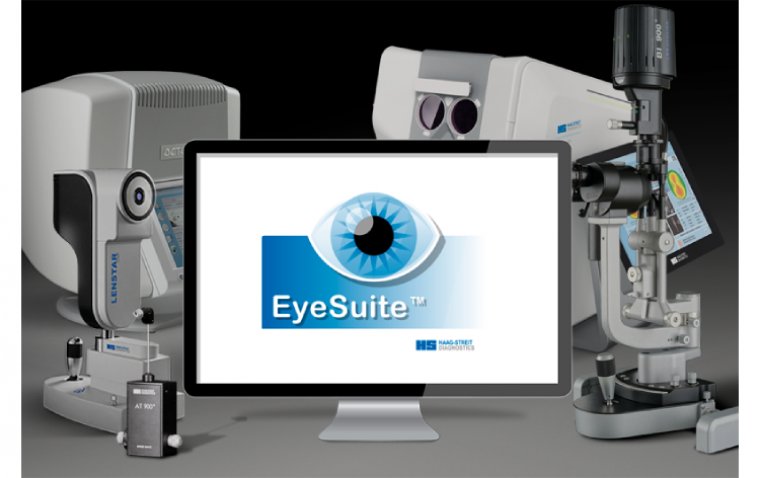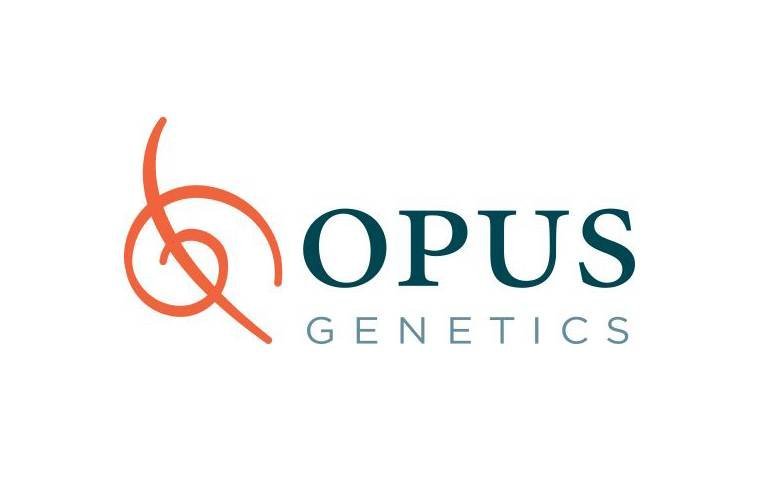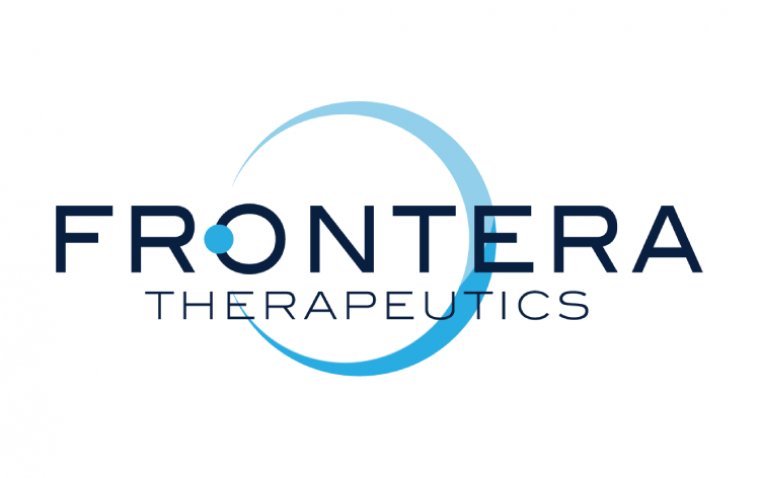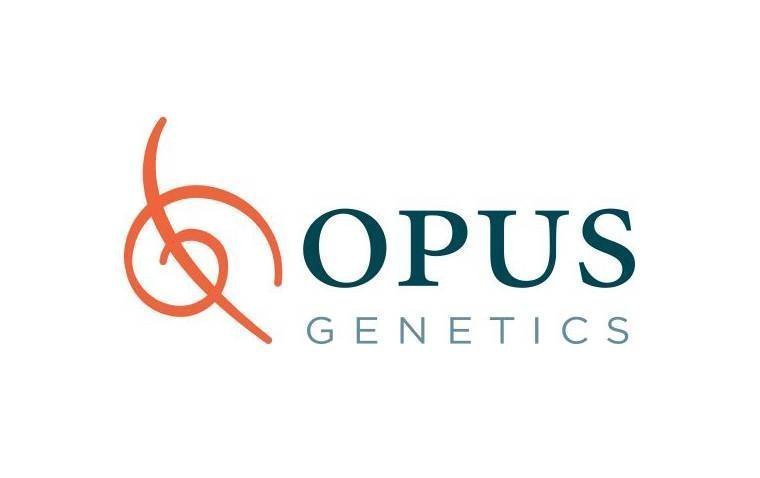
Opus Genetics Presents 12-Month OPGx-LCA5 Gene Therapy Data at ARVO 2025
Opus Genetics has presented 12-month results from adult patients enrolled in the ongoing Phase 1/2 clinical trial of its lead investigational gene therapy, OPGx-LCA5, at the 2025 Annual Meeting of the Association for Research in Vision and Ophthalmology (ARVO), held May 4–7 in Salt Lake City, Utah.
The presentation, titled “Recovery of Cone-Mediated Vision in a Severe Ciliopathy after Gene Augmentation: One-Year Results of a Phase I/II Trial for LCA5-LCA”, was delivered by Tomas Aleman, MD, of the Scheie Eye Institute, University of Pennsylvania.
Durable Cone-Mediated Vision Improvements Confirmed at 1 Year
“The preliminary data emerging from this Phase 1/2 study of OPGx-LCA5 are very encouraging,” said Dr. Aleman in a company statement. “We are pleased to see evidence of durable efficacy, with the treatment benefits observed at 6 months being sustained out to 1 year.
Unquestionable gains in cone-mediated (daytime) vision have led to improvements in reading ability and object recognition—meaningful improvements for patients with severely impaired visual function. These findings support continued development of this gene therapy.”
CEO Highlights Pipeline Potential and Regulatory Planning
George Magrath, MD, CEO of Opus Genetics, emphasized the significance of the 12-month data:
“Presentation of the 12-month data at ARVO underscores growing interest in this program. If approved, OPGx-LCA5 could represent a life-changing therapy for patients. While early, these results strengthen our confidence in our pipeline, including six additional gene therapy programs. We plan to initiate a Phase 1/2 trial for our BEST1 program later this year.
Additionally, we have been in discussions with the U.S. Food and Drug Administration (FDA) regarding the registration trial design for OPGx-LCA5, with the goal of initiating the study in 2026.”
Highlights from the 12-Month OPGx-LCA5 Phase 1/2 Study
Study Overview
• The trial is evaluating the safety and preliminary efficacy of subretinal OPGx-LCA5 gene therapy in patients with inherited retinal degeneration due to biallelic LCA5 mutations.
• The 12-month data presented included three adult patients (ages 19, 26, and 34), each receiving subretinal injections of 300 µl (1×10¹⁰ vg/eye) in one eye.
• All patients had severe disease at baseline, with some remaining photoreceptor activity and central retinal involvement.
• Two adolescent patients have since been treated, with promising data forthcoming but not included in this analysis.
Key Efficacy Endpoints
Multi-Luminance Orientation and Mobility Test (MLoMT)
• All patients recognized more objects post-treatment compared to baseline.
• Two out of three participants showed clinically meaningful improvement, defined as a gain of ≥3-object recognition threshold (ORT).
• One participant, previously unable to complete the course, was able to complete it post-treatment.
Visual Acuity (VA)
• Average VA improvement of 0.35 logMAR (equivalent to 3.5 lines) across the three patients was sustained at 12 months.
Full-Field Stimulus Testing (FST)
• Retinal sensitivity in treated eyes improved by 0.86 log units, versus 0.16 log units in control eyes.
• Interocular difference showed treated eyes were 0.7 log units more sensitive than controls.
Pupillary Light Reflex (PLR)
• Improved pupil response to dim light stimuli was observed at 12 months, supporting sustained cone-mediated functional improvement.
Microperimetry
• One patient showed substantial improvements in macular sensitivity.
• At 12 months, fixation stabilized and shifted toward the foveal center, indicating enhanced central vision.
Safety Profile
• OPGx-LCA5 was well tolerated over the 12-month period.
• No dose-limiting toxicities or serious adverse events were reported.
• Mild adverse events were mostly related to systemic steroids or surgery and resolved within 30 days.
• No major structural retinal changes were observed in treated eyes.
(1).jpg)
